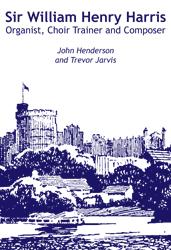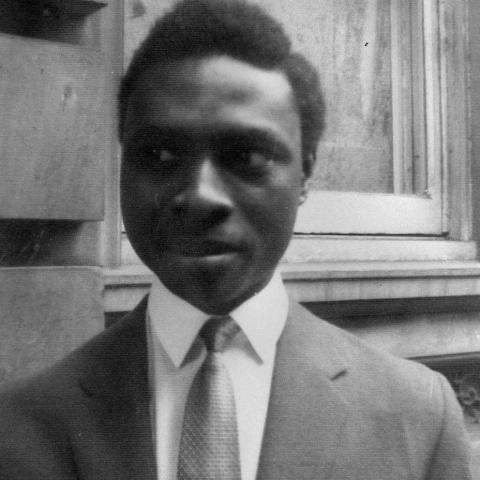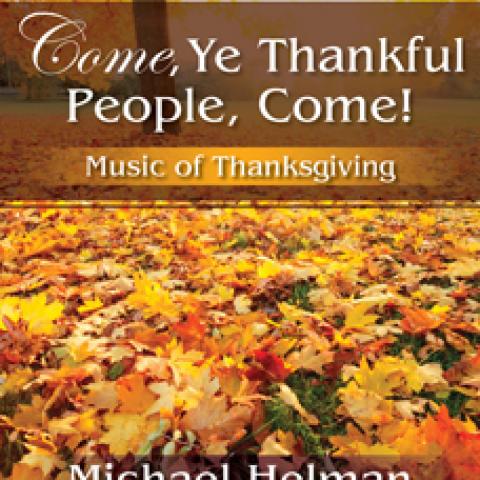
The Royal School of Church Music announces a new publication, Sir William Henry Harris: Organist, Choir Trainer and Composer, the first biography and catalogue of his works, by John Henderson and Trevor Jarvis (ISBN 9780854022793, £27.00).
Harris was organist of St. George’s Chapel, Windsor Castle, beginning in 1933 and continuing for 28 years. He was music teacher to the British royal family and played the organ for many high-profile occasions, especially Order of the Garter ceremonies, two coronation services, and a number of state funerals.
Catalogued are his 315 compositions with musical examples, works published and unpublished in manuscript.
For further information: www.rscm.com.




